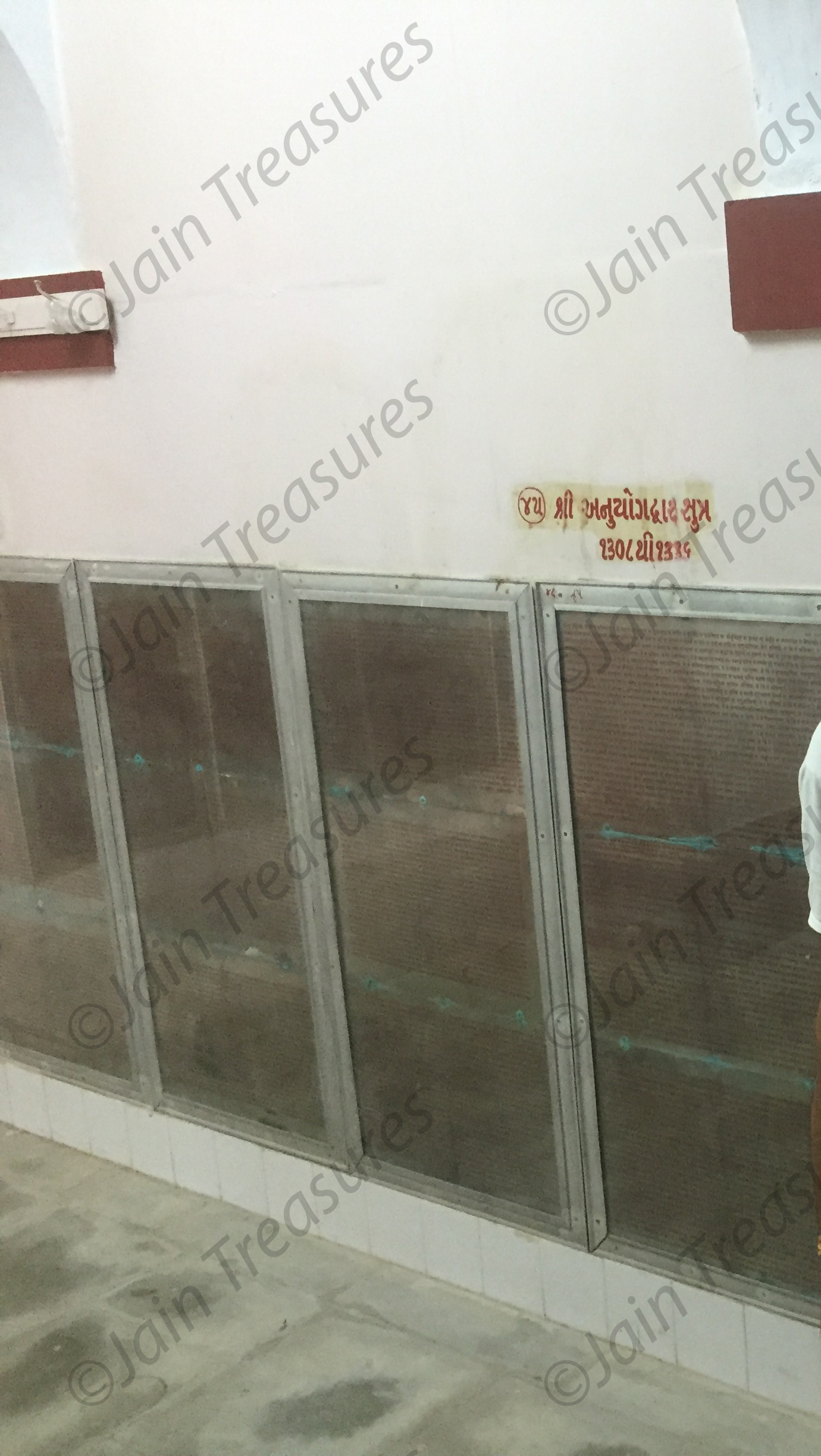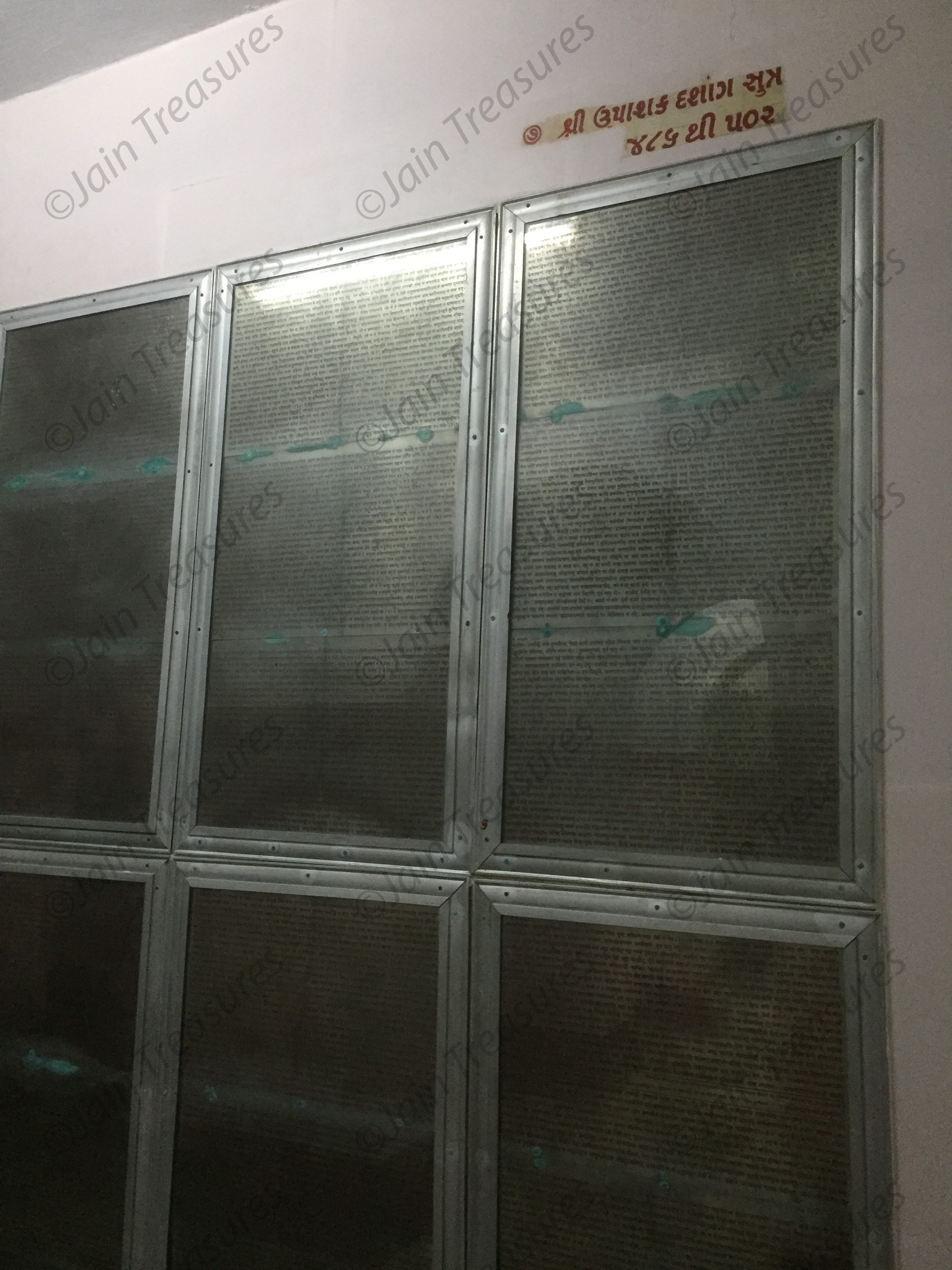This tirth is believed to have been established by Shree Bharat Chakravaty, Lord Ādeshwar’s son.
Whilst on a pilgrimage, he is thought to have been stationed here briefly. Somyashkumar (son of Bahubali) was accompanying his uncle and saw that there were several saints in the forest practising intense austerities. He also learnt that Samvasaran of the future 8th Tirthankar, Chandraprabhu swami would be set up at this location. He narrated this to his uncle who built a temple here dedicated to Lord Chandraprabhu swami.
It is believed that Sagar Chakravaty (who became an ascetic when Lord Ajitnath Bhagwan was present), Chandrayash, Chakradhar, King Dashrath, the Pandavas, etc. have been on pilgrimages to this holy tirth. Acharyashree Dhaneshwarasuri has referred to this tirth in his composition “Shatrunjay Mahatmya” dated around 300AD.
Moreover, it is stated that King Siddharaja Jayasimha, Vastupal & Tejpal brothers, Pethad Shah, Samar Shah, and many other eminent Jains of the past have visited this ancient tirth.
Acharya Hemchandra is tohught to have encouraged King Kumarpal to build a temple here.
During the Moslem invasion the temple heavily damaged.
When Vallabhipur was destroyed around 800AD, the murti of Lord Chandraprabhu swami was brought from there and installed here.
Next to the murti of Chandraprabhu swami, is a murti of miraculous Dokadiya Parsvanath. The legend goes that a pujāri (or srāvak) after performing the first pooja used to get a dokdo daily (ancient Indian coin) and was not supposed to reveal this to anyone. Once his wife wondered how he manages to get such immense wealth from not a highly paid job. Upon insistence, he had to reveal the magical source of his wealth. Since that day, the dokdo got stuck to the palm of the Lord’s idol which can be seen to this day and the murti is now popularly known as Dokadiya Parsvanath.
A unique feature of this derasar is that it has nine sanctums (shikhars) within the same temple. This is supposedly not to be seen in any other Jain temple.
Adjacent to the main temple, there is Aagam Mandir where all the Jain Aagams (scriptures) are inscribed on a copper plate mounted to the walls.

